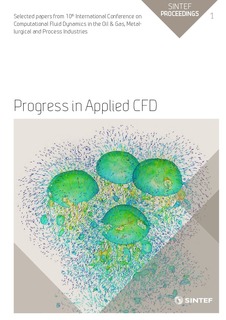| dc.description.abstract | Flighted rotary dryers are large industrial devices which are commonly used to dry mineral ores and mineral concentrates, as well as other valuable commodity products. They are high capital cost units as well as large consumers of energy. Solids movement and energy exchanges within these devices occurs via a range of complex mechanisms that involve rolling and bouncing in a dense bed of solids, as well as the falling through a cross-flowing gas stream in lean particle curtains. Although a fundamental approach is attractive, full CFD simulations of such devices would be prohibitively expensive. The complexity of such a model would preclude its use for design and control applications, which are the most prevalent concerns to industry. Pseudo-physical compartment modelling is a powerful alternative technique that can be used to reproduce, in a physically meaningful way, the important characteristics of dryers such as residence time distributions and loading states. This scalable modelling approach also provides a convenient multi-scale structure that facilitates the representation of a system (in this case a flighted rotary dryer) as a series of smaller, distinctive, interacting phases. It is these smaller phase structures, such as the air-borne phase, that are suitable for modelling with either CFD or DEM type approaches. In this paper CFD modelling of single particle curtains and multiple side-by-side particle curtains is presented, with particular emphasis on quantifying gas induced drag and gas penetration into the curtain phase. The results are discussed in terms of their suitability to integrate CFD derived phase information within the broad process model. The simulations described in this paper provide valuable insights into the dryer design considerations such as flight serrations and axial flight staggering. The methodology presented in this paper provides an example that could be adapted to enable the evaporation, convection and radiation heat transfer in curtains to be accounted for. | nb_NO |
